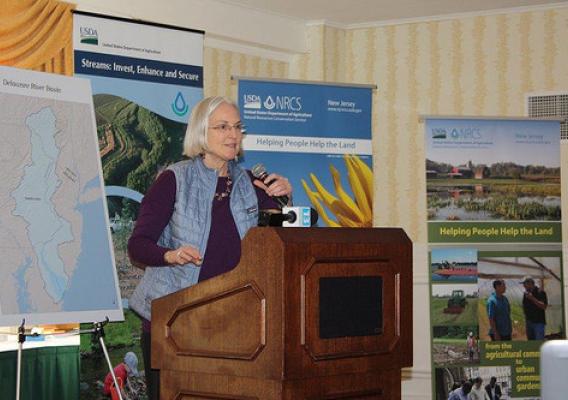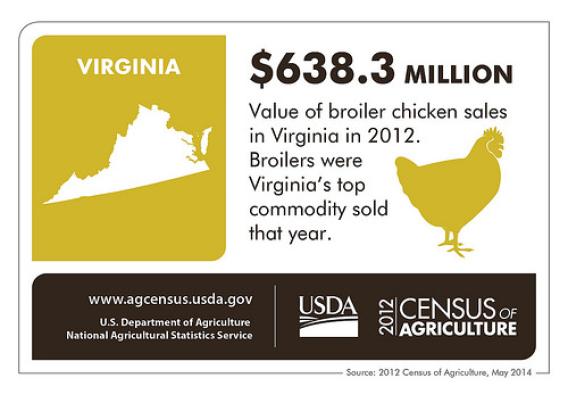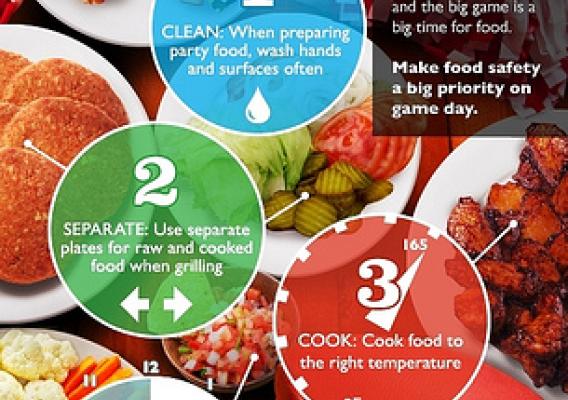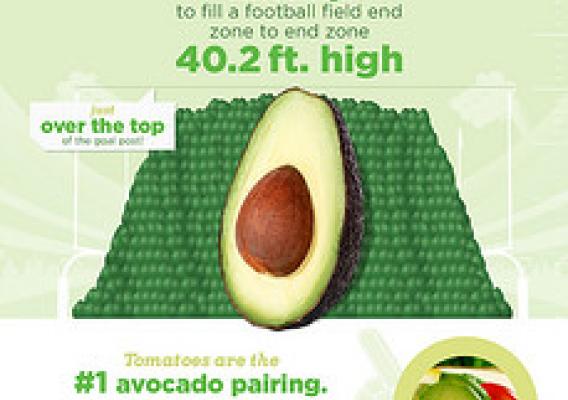The Census of Agriculture is the most complete account of U.S. farms and ranches and the people who operate them. Every Thursday USDA’s National Agricultural Statistics Service will highlight new Census data and the power of the information to shape the future of American agriculture.
Nothing can compare to the economic impact agriculture has in Virginia. 2012 Census of Agriculture counted more than 46,000 farms, which cover more than 8.3 million acres of farmland in the commonwealth. That’s nearly a third of our entire state! In fact, according to Virginia Department of Agriculture and Consumer Services, agriculture is our state’s largest industry.
In the most recent census, Virginia farmers reported selling more than $3.7 billion worth of agricultural products. Of these, most came from the livestock sector. Broiler chickens were the top commodity sold in 2012, the year of the latest Census of Agriculture. That year, growers sold $638.3 million worth of broiler hens.










